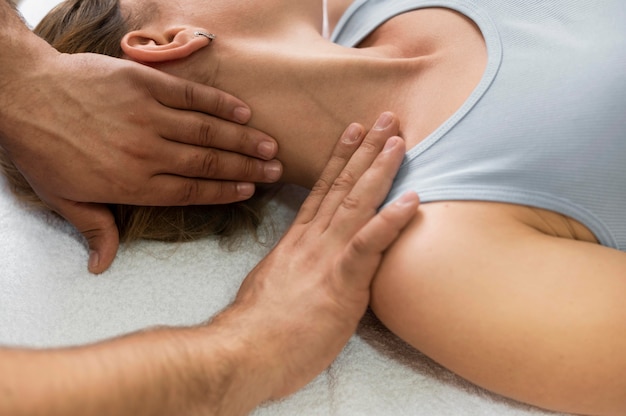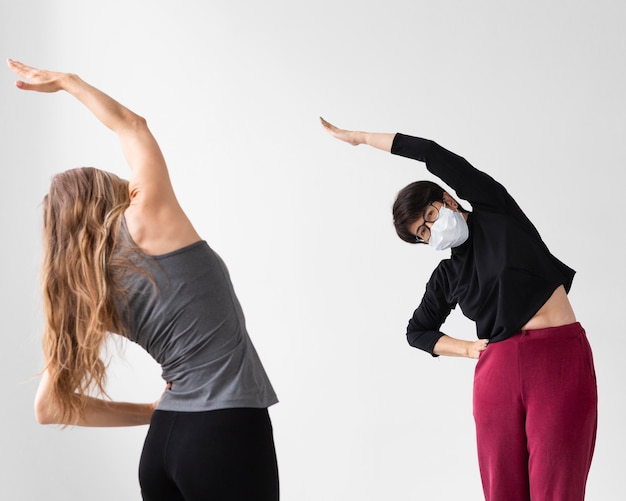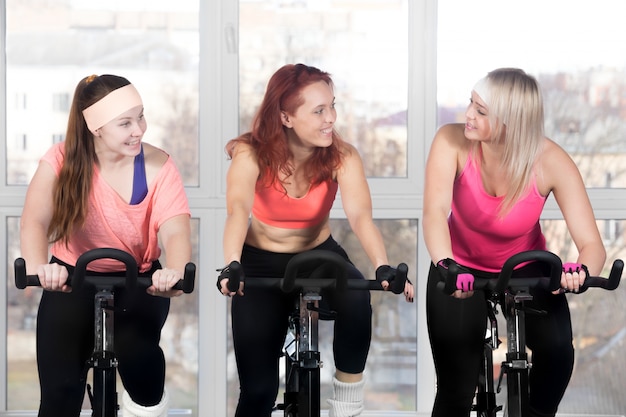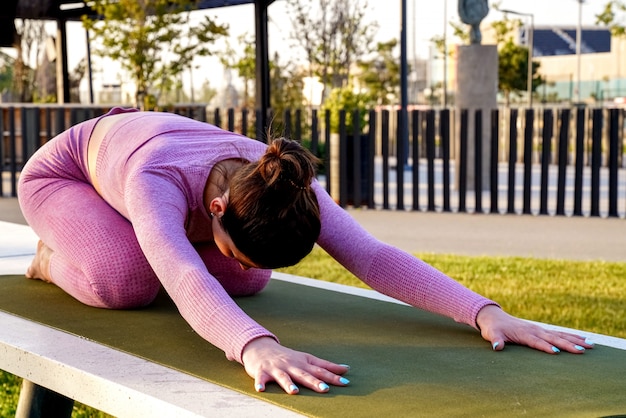If you've ever felt a deep, persistent muscle ache that doesn't respond to typical stretching or rest, you might be experiencing myofascial pain. Enter myofascial release—a gentle yet powerful technique gaining attention in physical therapy, fitness, and wellness circles. This article explores what myofascial release is, its science-backed benefits, potential risks, and how to start safely with simple daily habits.
Myofascial release is a hands-on therapy technique designed to relieve tension in the fascia—the thin, connective tissue that surrounds muscles, bones, and organs. When fascia becomes tight or restricted due to injury, inflammation, or poor posture, it can lead to discomfort, limited mobility, and chronic pain known as myofascial pain syndrome.
The goal of myofascial release is to apply sustained, gentle pressure to these restricted areas, allowing the fascia to elongate and return to its natural, flexible state. This can be done by a trained therapist or through self-care methods using tools like foam rollers, massage balls, or even your hands.

While myofascial release is often associated with alternative medicine, growing evidence supports its effectiveness for certain conditions:
While generally safe, myofascial release isn’t suitable for everyone. Possible risks include:
Always consult a healthcare provider before starting if you have a chronic condition, recent surgery, or persistent pain. When in doubt, begin gently and monitor your body’s response.
You don’t need a therapist to benefit from myofascial release. Here are practical, evidence-based ways to incorporate it into your daily life:
Foam rolling is one of the most accessible forms of self-myofascial release. Focus on major muscle groups like calves, hamstrings, quads, and upper back.
How to: Slowly roll over a tight area for 30–60 seconds. Pause on tender spots, breathe deeply, and let the pressure ease the tension. Avoid rolling directly over joints or bones.

A tennis ball or lacrosse ball can target smaller areas like the feet, glutes, or shoulders. Place the ball under the tight spot, use your body weight to apply gentle pressure, and slowly move to release knots.
Breathing deeply during myofascial release helps relax the nervous system and enhances tissue release. Inhale through the nose, exhale slowly through the mouth as you apply pressure.
After releasing tight fascia, follow up with static stretching to reinforce improved flexibility. For example, roll your hamstrings, then perform a seated forward bend.
Consistency matters more than duration. Even 5–10 minutes a day can lead to noticeable improvements in mobility and comfort over time. Try doing it in the morning to wake up stiff muscles or at night to unwind.
While self-care is effective, chronic or widespread pain may require a trained therapist. Licensed physical therapists or certified myofascial release practitioners can identify deeper restrictions and tailor treatments to your needs.
Myofascial release is more than a trend—it’s a practical, evidence-supported approach to managing pain, improving mobility, and enhancing overall well-being. By integrating simple tools and mindful habits into your routine, you can unlock your body’s natural ability to heal and move freely.
Start small, stay consistent, and listen to your body. Whether you’re an athlete, desk worker, or someone managing chronic discomfort, myofascial release might be the missing piece in your wellness puzzle.

Wellness

Wellness

Wellness

Wellness

Health

Health

Fitness

Fitness

Health

Wellness

Wellness

Fitness

Health

Fitness

Health

Health